Anatomy, 2006
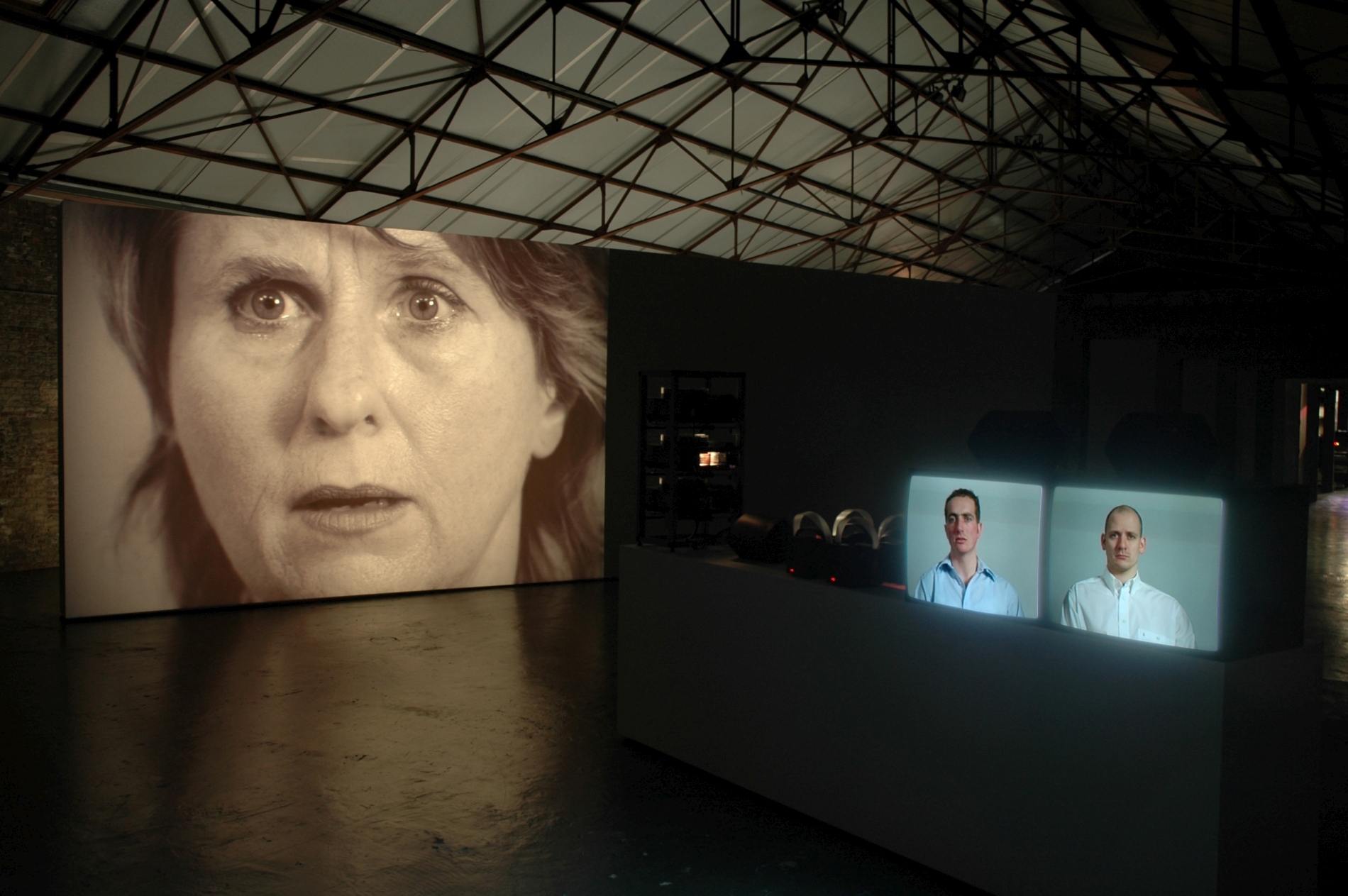
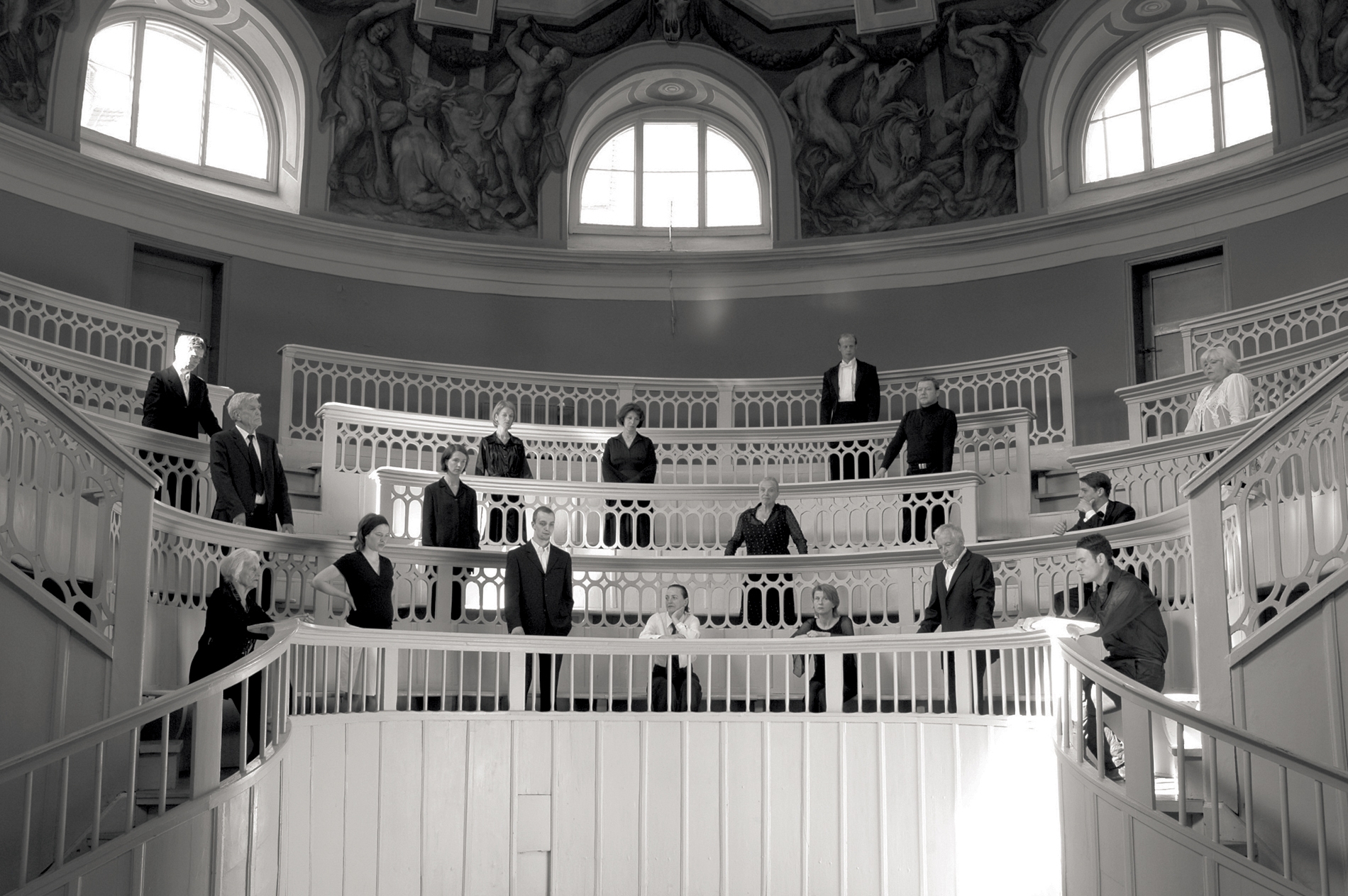

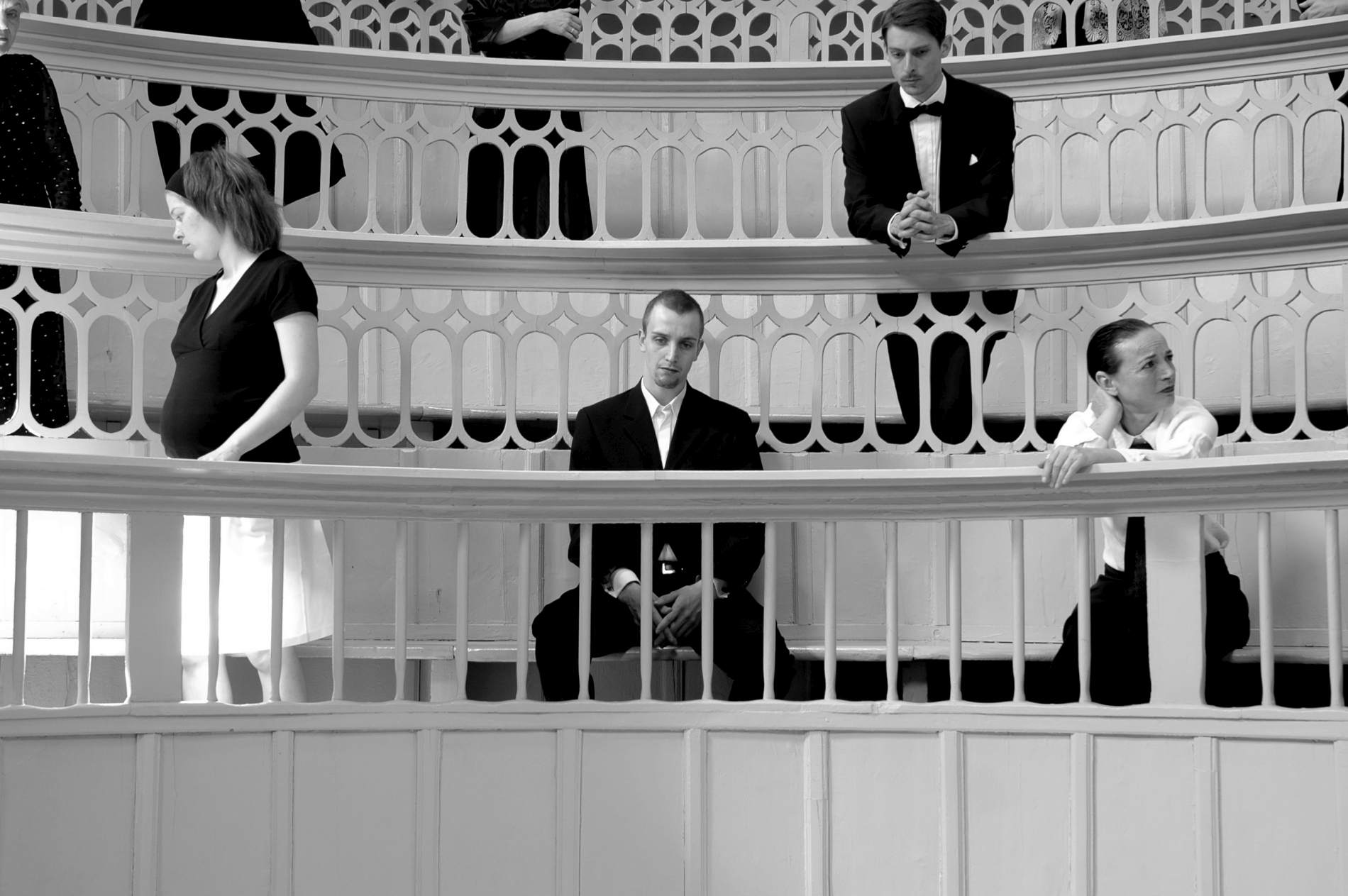



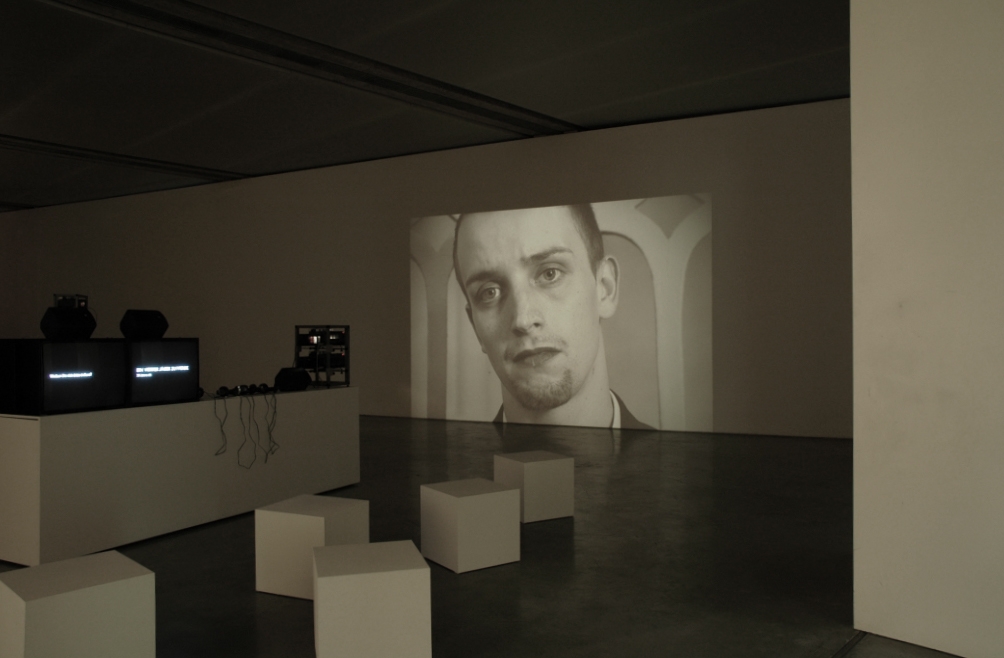



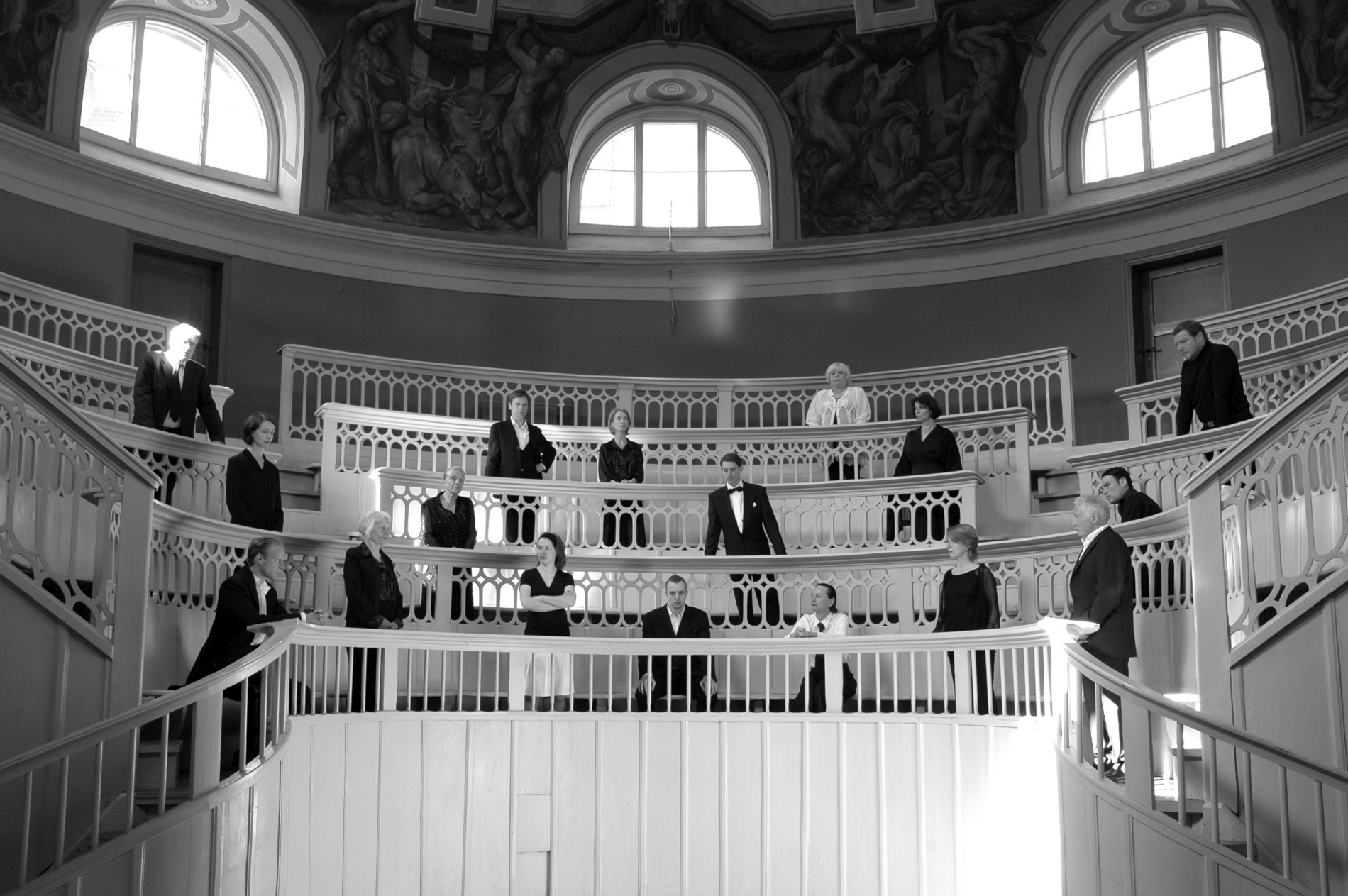
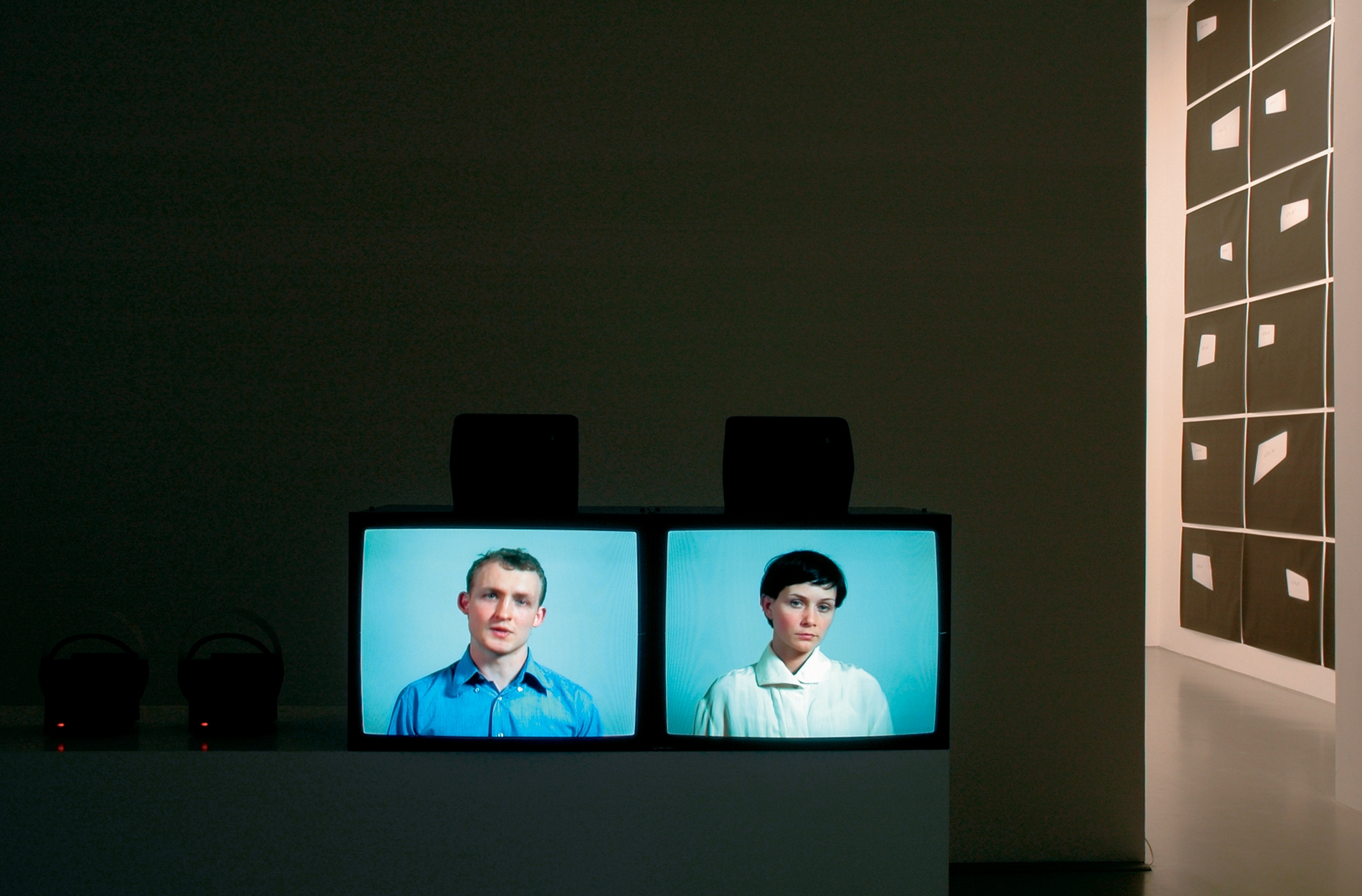

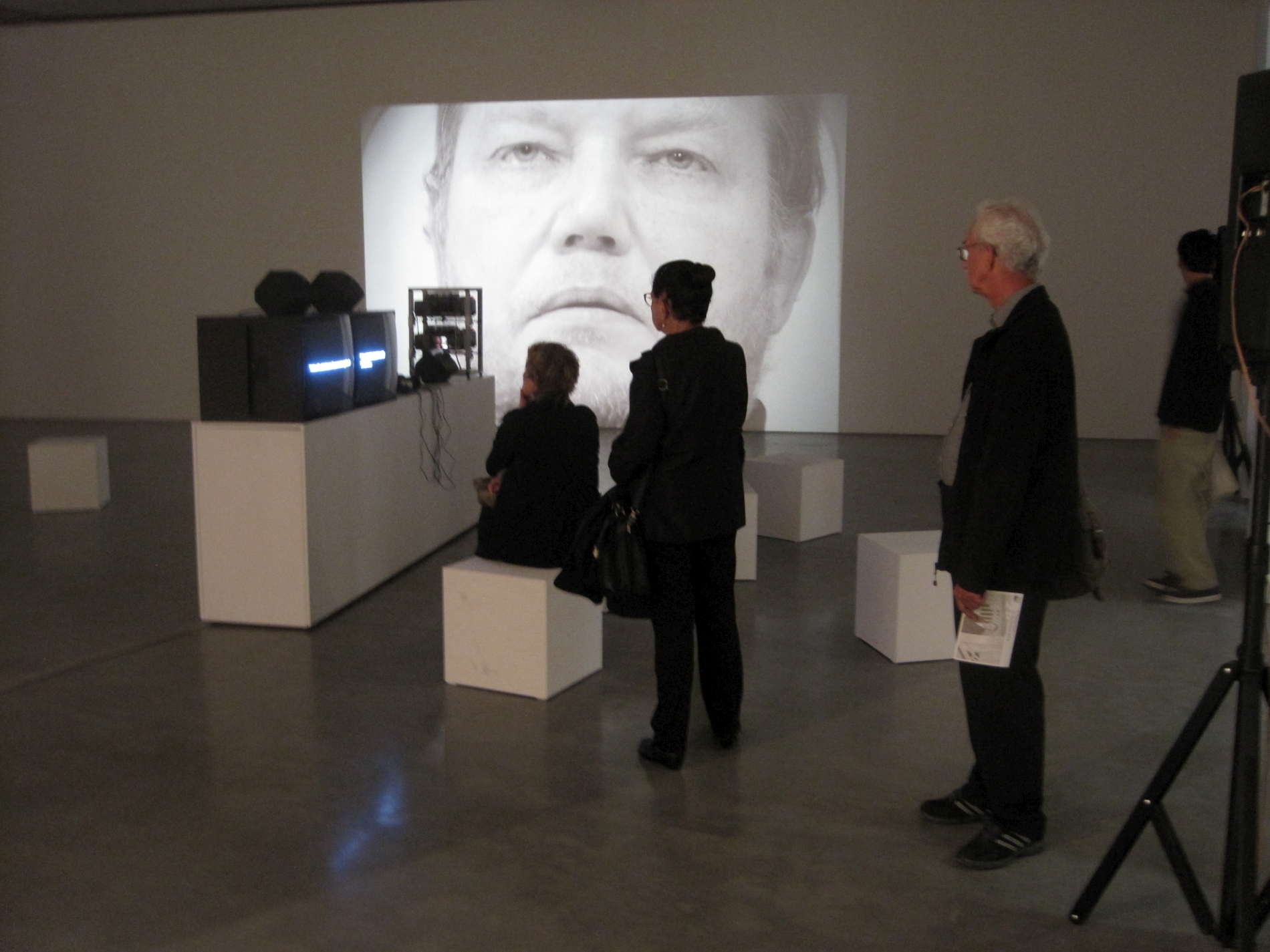

We can no more master the past than we can undo it. But we can reconcile ourselves to it. The form for this is the lament, which arises out of all recollection. It is, as Goethe has said (in the dedication to Faust): ‘Pain arises anew, lament repeats Life’s labyrinthine, erring course.’ The tragic impact of this repetition in lamentation affects one of the key elements of all action; it establishes meaning and that permanent significance which then enters into history. In contradistinction to other elements peculiar to action – above all to the preconceived goals, the impelling motives, and the guiding principles all of which become visible in the course of action – the meaning of the committed act is revealed only when the action itself has come to an end and becomes a story susceptible to narration. Insofar as any ‘mastering’ of the past is possible, it consists in relating what was happened; but such narration, too, which shapes history, solves no problems and assuages no suffering; it does not master anything once and for all. Rather, as long as the meaning of the events remains alive – and this meaning can persist for very long periods of time – ‘mastering of the past’ can take the form of ever-recurrant narration.
(Hannah Arendt, ‘On Humanity in Dark Times, Thoughts about Lessing’, 1968)
During her scholarship as a DAAD artist-in-residence in 2005/2006 Ana Torfs researched in the Freiburg Military Archive on a trial held in May 1919, the ‘Case of the Murder of Dr. Karl Liebknecht and Rosa Luxemburg before the Military Field Tribunal of the Cavalry Guard Rifle Division in the Main Courtroom at the Berlin Criminal Court’. She pinpointed selected statements from this trial to compose ‘A Tragedy in Two Acts,’ the literary script for her installation with the ambiguous title ANATOMY.
Torfs chose 25 young Berlin actors to ‘play’ specific testimonies from the record of the proceedings, and filmed their performances on video. Another 17 actors of different ages, including Therese Affolter, Judith Engel, Stefan Lisewski and Matthias Matschke, posed for the artist for black and white slide photographs. Torfs chose to set the scene in the demonstration room of the Anatomical Theatre in Berlin, built from 1789-1790 by the architect Carl Gotthard Langhans, whose most famous realization is the Brandenburg Gate. The result is an installation that interlinks big-screen slide projections with video images on two monitors.
The absurd show trial of Luxemburg and Liebknecht’s murderers includes a considerable amount of harrowing detail on how the murders were actually committed. The video recordings show a kind of slow process of dying, told from the perspectives of 25 different witnesses and defendants. The case files have been cut up by Torfs into short scenes so that a ‘story’ emerges in which details from the same event are told from different angles, highlighting the relative nature of the narrative.
The 25 actors recite the testimonies in German, but over wireless headphones the visitor of the exhibition can listen to an English ‘live’ version spoken by a conference interpreter. The focus is on language, and of course language is never objective. Ultimately the concise text that Torfs selected and ‘constructed,’ the so-called ‘Tragedy in Two Acts’ – though based on a particular trial – becomes universal and is reminiscent of any political murder case, whether it was committed then or now, but at the same time it has the force of a Greek tragedy.
The (mute) slide projections in Torfs’ installation provide a more abstract visual counterpoint to the video images. The architecture of the Berlin Anatomical Theatre evokes a very suggestive atmosphere somewhere between a stage, a Greek amphitheatre and a court of law. This location is ideally suited to Torfs’ work: the scene of so many dissections and analyses, it reflects various aspects of Torfs’ own artistic process as she takes a scalpel to the texts she chooses to work on. The intriguing images Torfs photographed in this historic setting, with actors of 4 different generations, aged between 25 and 80, can be read in many different ways, but first of all they might be seen as a Greek choir. Like the angel in Paul Klee’s picture Angelus Novus they seem to ‘stare at something with their eyes wide open. Their faces are turned toward the past. Where a chain of events appears before us, they see one single catastrophe, which keeps piling wreckage upon wreckage.’* But the stage-setting might just as well refer to an image of a genuine audience ‘we’, ‘us’, witnesses, looking at the bleeding corpse of Western History.
The book ANATOMY, published in conjunction with the exhibition, contains text and photography by Ana Torfs including the ‘Tragedy in Two Acts’ and a personal text about the creation process of the installation.
- Walter Benjamin, On the Concept of History, 1940